 
(for the full map click here - opens in another window)
|
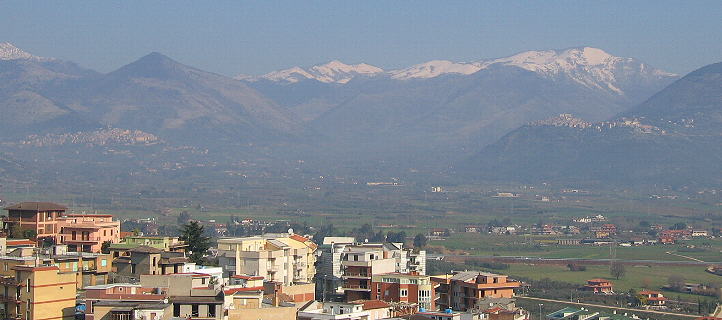 | ||
Priverno was not the only town founded by the inhabitants of the valley when they had to find a safer location where to settle. Priverno does not have a view over the coastal plain, but towards the valley where the ancient town was located.
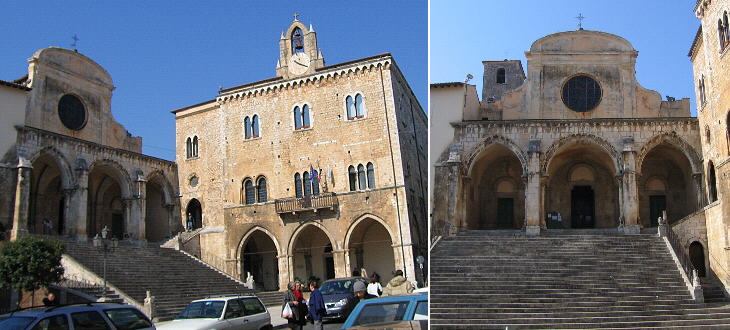 | ||
Unlike many other towns of southern Latium which belonged to a powerful family and where the main non religious building is a castle or a palace, Priverno flourished as a free town (a comune) and its main square with the Palazzo Comunale next to the cathedral reminds of Tuscany or Umbria, where most of the free towns developed.
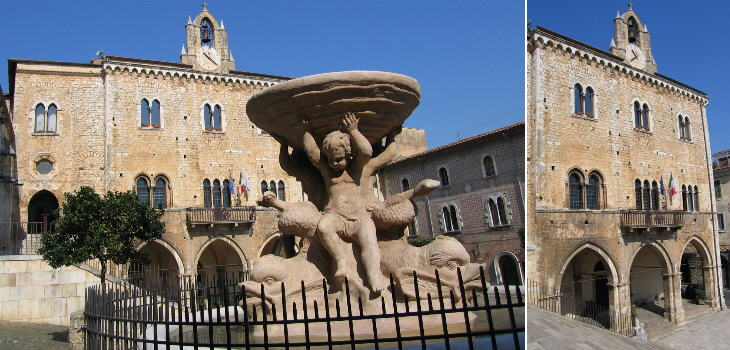 | ||
While the cathedral shows the signs of several modifications, the Town Hall retains its original design with the large windows giving light to the assembly room where the citizen met in a form of direct democracy which did not survive to the restoration of the papal rule in the XIV/XVth centuries.
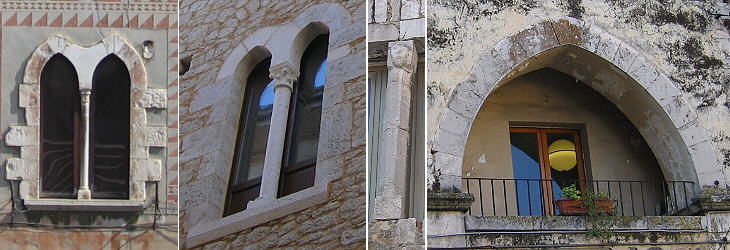 | ||
In addition to the Town Hall, many other palaces have Gothic windows, but for my selection of Windows of Italy I choose a Renaissance window of Priverno.
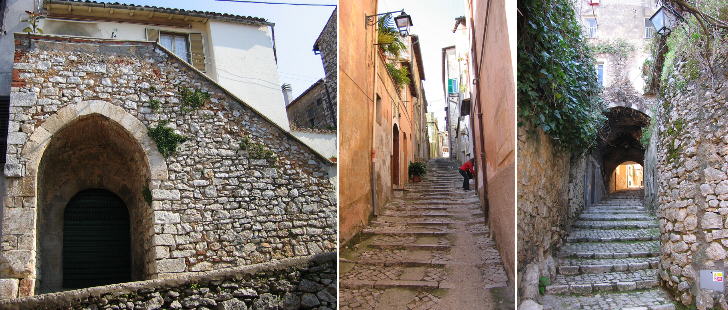 | ||
Priverno was not badly affected by the reclamation of the marsh and by the creation of new towns. Its historical centre is still densely populated and the inhabitants seem accustomed to its many steps.
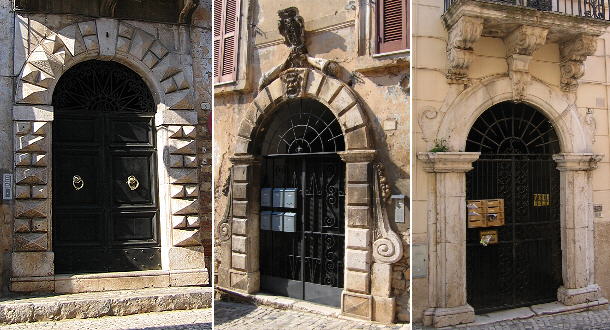 | ||
While the windows of Priverno are mainly Gothic, the finest doors follow a Renaissance pattern.
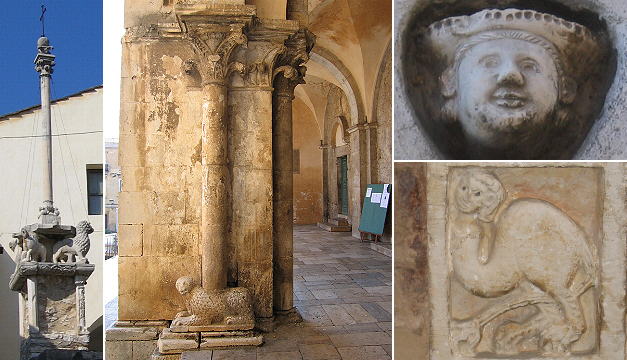 | ||
The image used as background for this page shows a relief on the portal of the cathedral: it is not the only puzzling medieval work of art one can find wandering about in the streets of Priverno.
Move back to Sermoneta and Sezze or go south and visit Terracina.
Some other walks:
Walks with Ferdinand Gregorovius in the Roman countryside
In and about Viterbo
From Civitavecchia to Civita Castellana
Around Monte Cimino
From Bracciano to Viterbo
A Pigrims' Way - Via Francigena
In Maremma
Anticoli Corrado where the painters found their models
A walk to Porta Furba
Via Appia Antica from Cecilia Metella to Torre in Selci
Via Appia Antica from Torre in Selci to Frattocchie
A Walk to Ponte di Nona
Branching off Via Cassia: S. Maria di Galeria, Isola Farnese and Formello
A Walk to Malborghetto
See my Home Page on Baroque Rome or my Home Page on Rome in the footsteps of an XVIIIth century traveller.
All images © 1999 - 2005 by Roberto Piperno. Write to romapip@quipo.it
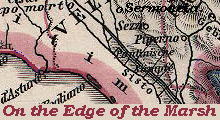 Priverno
Priverno